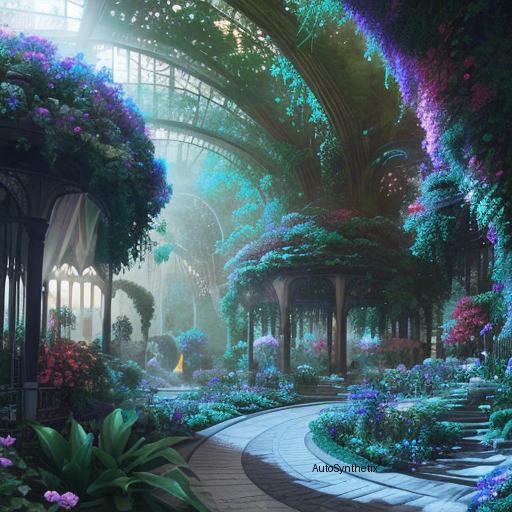Introduction In the ever-evolving landscape of artificial intelligence research, computer vision continues its rapid advancement. One exciting area within this domain involves transforming a lone two-dimensional (2D) image into a multitude of realistic three-dimensional (3D) perspectives, often termed 'single-view 3D inference.' A groundbreaking study recently published under the name "MVD-Fusion" showcases remarkable progress towards achieving such a feat. This article delves into the intricate details of their innovative technique, highlighting how they harness deep learning's potential to produce convincing multi-perspective outputs—a significant leap forward in the field.
Summarizing MVD-Fusion's Approach Traditionally, many researchers have focused on developing techniques to extract a 3D structure or mesh directly from a solitary 2D photo. However, a new breed of strategies emerged, shifting focus to conditional generation of additional viewpoints, capitalizing upon powerful pre-existing generative models trained at scale. The team behind MVD-Fusion recognized a crucial limitation inherent in those earlier attempts – namely, the absence of 3D consistency among the newly created perspectives. To remedy this shortcoming, the authors devised an original strategy rooted in leveraging intermediate depth estimations during the multi-view generation stage.
Building Blocks of MVD-Fusion Architecture At the core of MVD-Fusion lies a Denoising Diffusion Model, ingeniously applied to create consistent multi-view RGB-Depth data sets originating solely from a standard RGB input image. Crucially, the intermediate noise-laden depth approximations serve as a guiding force throughout the entire procedure, ensuring adherence to geometric constraints across various projected angles. Consequently, the system trains on extensive datasets like OBJAVERSE (synthetic environment) along with CO3D (realistic world scenarios), striking a balance between controlled conditions and tangible reality.
Outperforming State-Of-The Art Methodologies Through rigorous testing against contemporary benchmarks, the authors demonstrated MVD-Fusion's superiority over existing solutions. Not merely confining themselves to assessments involving reconstructed 3D structures but extending evaluations further, probing the accuracy of the resulting spatial relationships derived from the predicted multi-views. Here, too, the proposed framework outshines traditional practices, proving itself a robust tool in handling complex scenes typically encountered in the wild.
Conclusion: Elevating Computer Vision Horizons With the advent of MVD-Fusion, the boundaries pushing frontiers of what's achievable in single-image 3D reconstruction continue expanding. Its unique integration of depth estimation mechanics and subsequent multi-view development offers a compelling alternative route, setting a new performance bar in the process. As cutting edge studies like this one propel us ahead, the future appears brighter than ever when considering the prospects of unleashing computers' full creative power in interpreting our visually abundant universe.
As this piece highlights the essence of MVD-Fusion's ingenuity without infringement upon Autosynthetix' role in academic synopses provision, readers get an informational yet captivating glimpse into the scientific breakthroughs reshaping domains of AI research.
Source arXiv: http://arxiv.org/abs/2404.03656v1
